
Eastern MedTech adds contracting executive
BOSTON – Eastern MedTech, a provider of continuous glucose monitoring and maternity supplies, has appointed Heather Davis as vice president

BOSTON – Eastern MedTech, a provider of continuous glucose monitoring and maternity supplies, has appointed Heather Davis as vice president
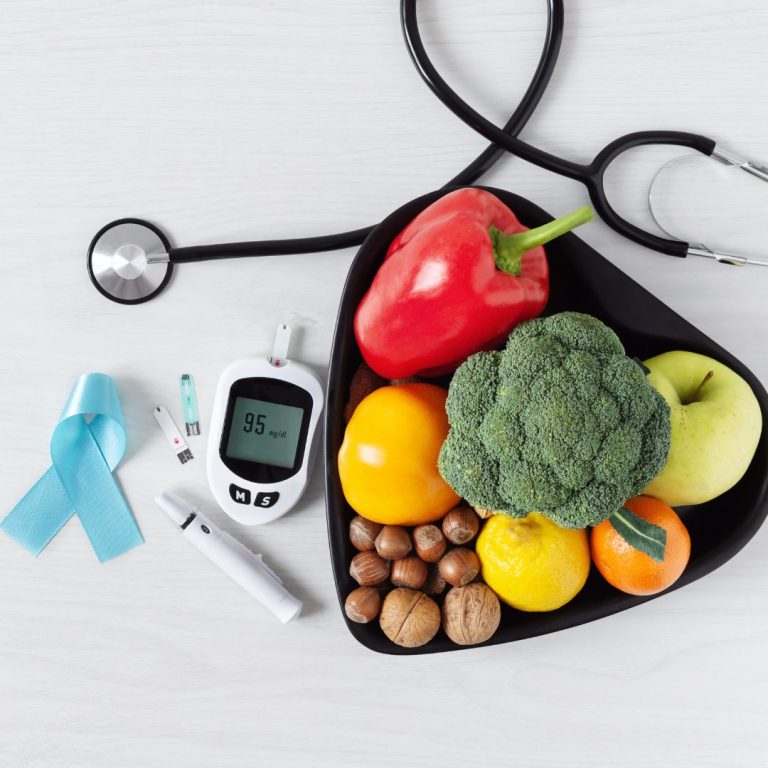
Consider pre-diabetes your wake-up call. This is your body’s way of telling you that you are at risk for developing
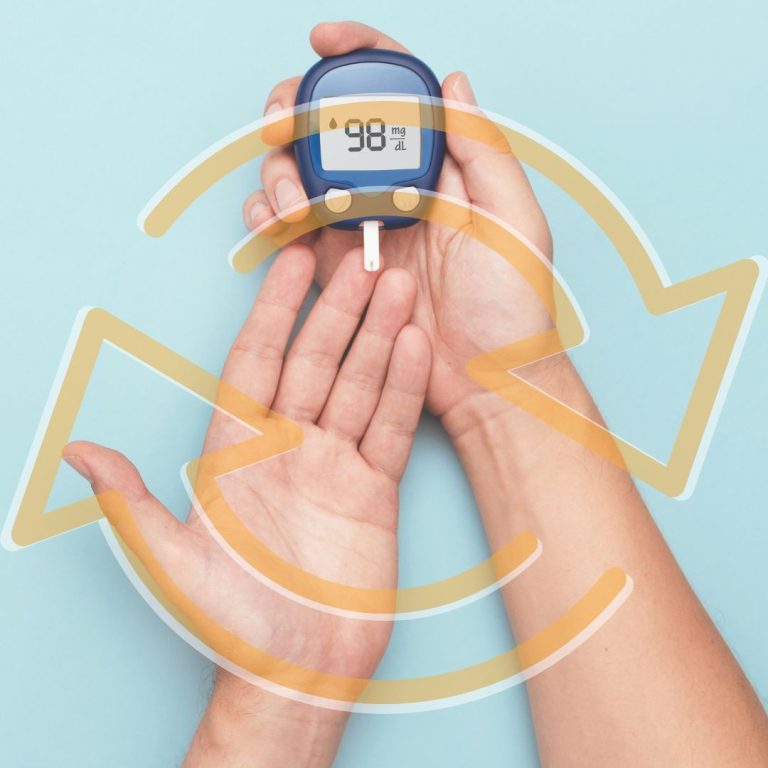
The Short Answer: No, There is No Cure—But It Can Be Put Into Remission Given that Type II diabetes is
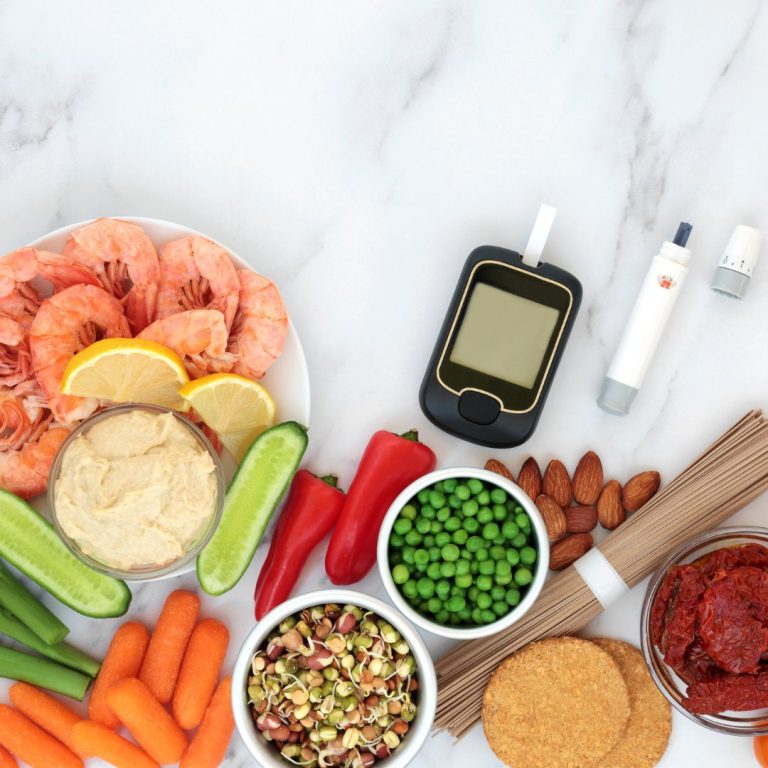
Anyone trying to manage a chronic illness or who is at all concerned with wellness will have encountered the concept
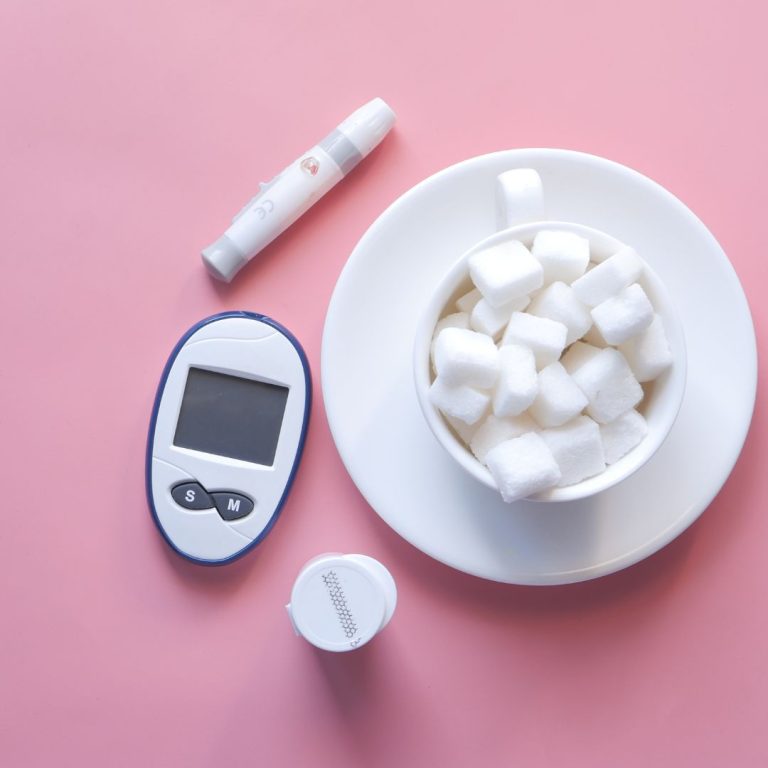
No doubt you’ve heard this before: diabetes is caused by sugar. Period. Turns out, it’s not that simple. Sure, sugar

As chronic conditions go, most of us are familiar with diabetes, along with the symptoms and risk associated with this

While no two pregnancies are alike, it’s fair to say that pregnancy in general is experienced with excitement, anticipation, and

No matter how busy you might be – and we’re all busy in this on-demand, digitized world – it’s important

As you already know, managing diabetes effectively can be challenging, but advancements in technology are making it easier for individuals
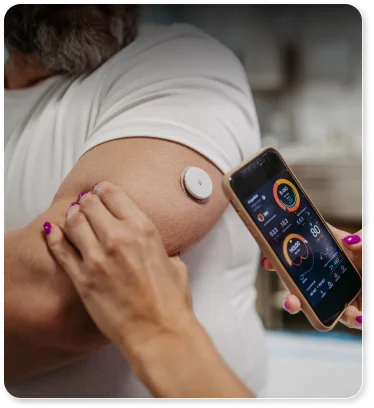
Continuous Glucose Monitors:Diabetic Gamechangers or Just Another Gadget? Curious about whether you should wear a continuous glucose monitor (CGM)?